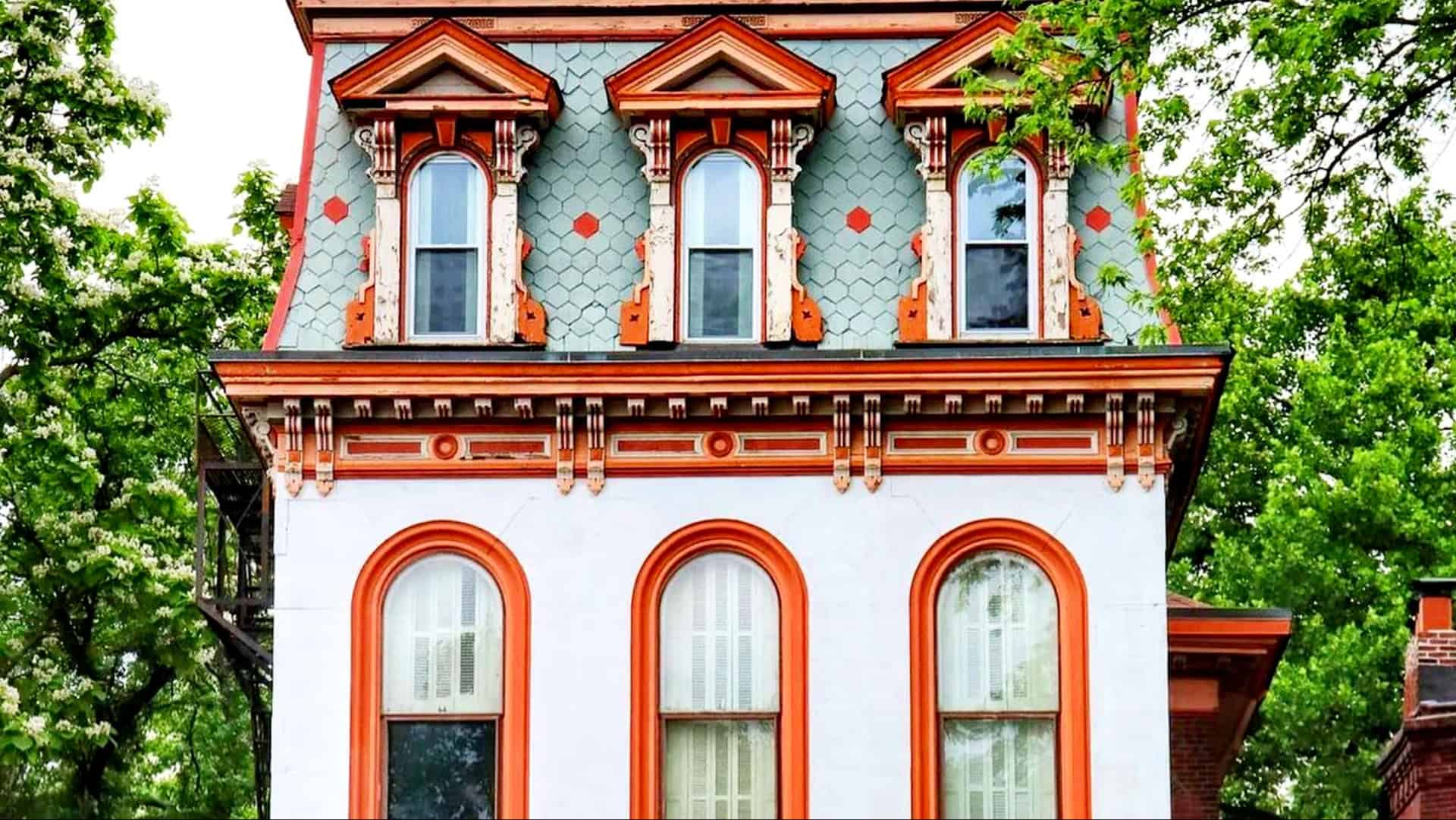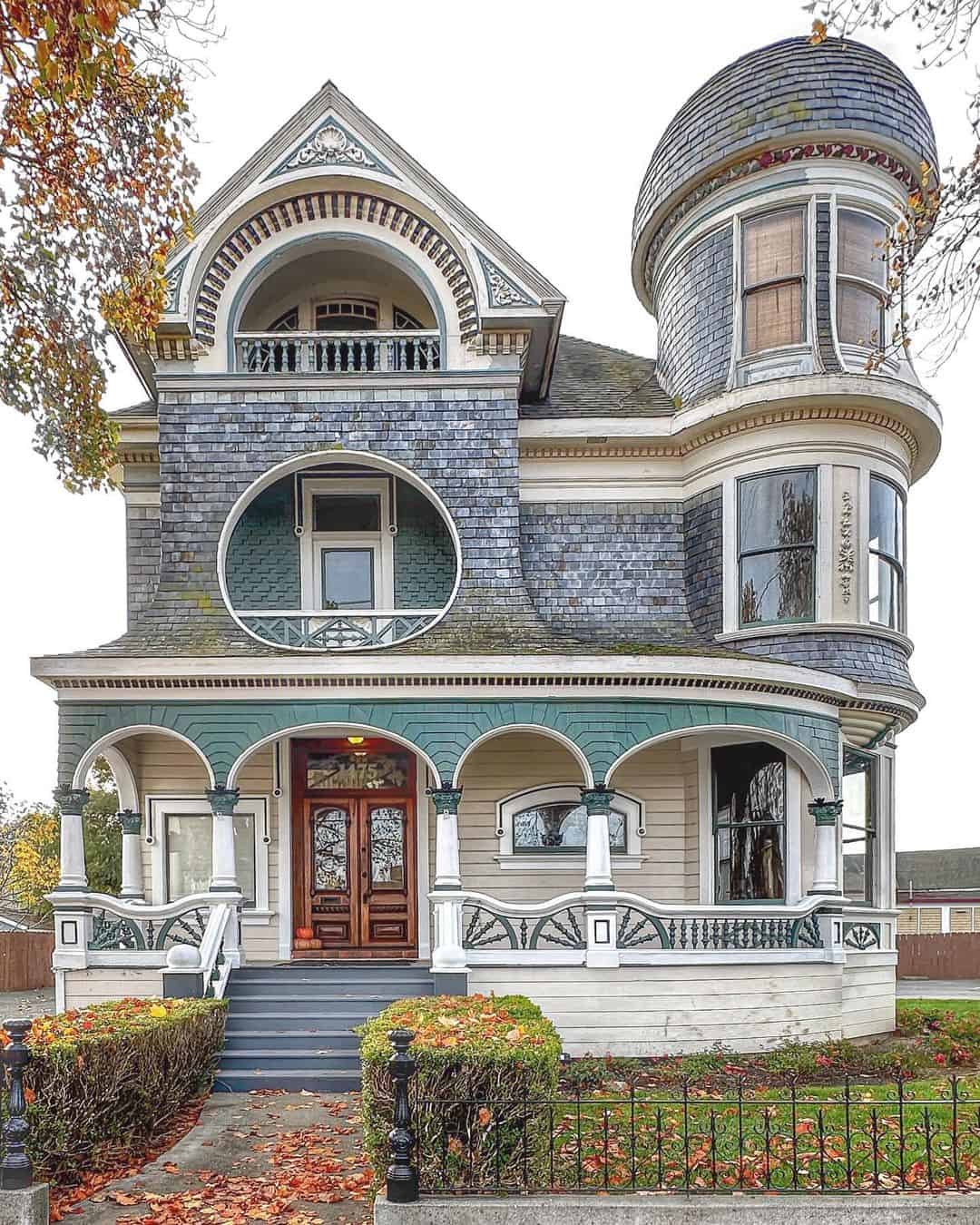Victorian townhouses, with their ornate details and historical significance, continue to captivate architectural enthusiasts and curious minds alike.
These structures, which gained popularity during the reign of Queen Victoria, offer a glimpse into the past and reveal stories of their own.
Join us as we uncover 6 fascinating facts about these remarkable homes!
1. Lavish Ornamentation
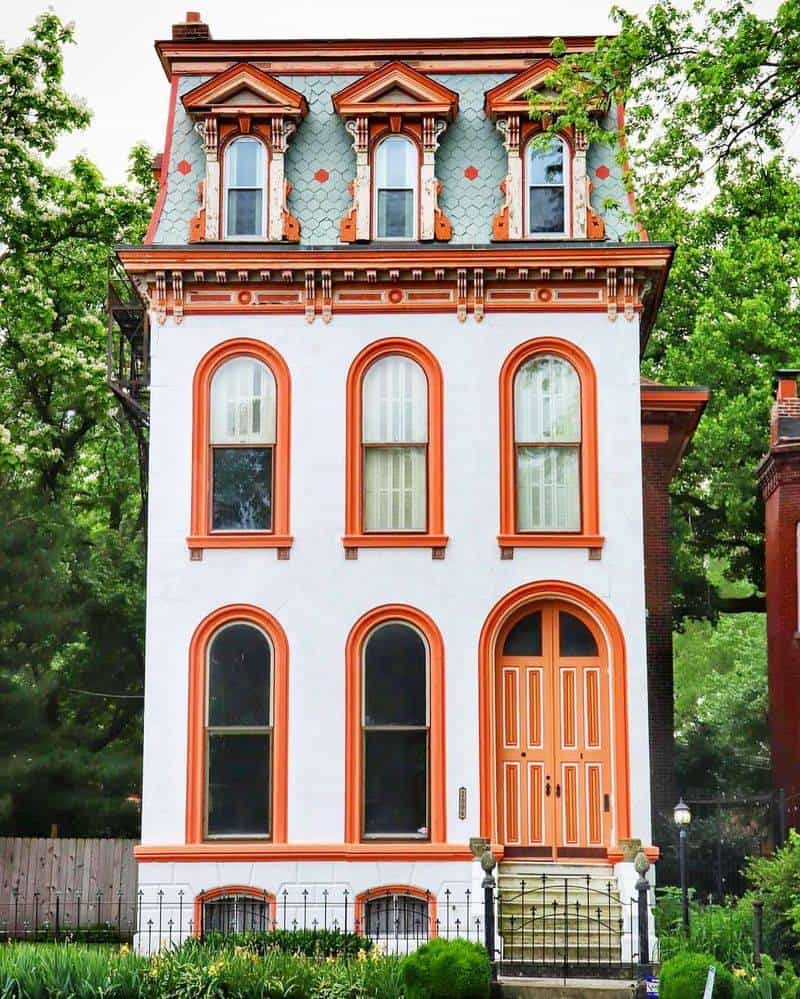
Victorian townhouses are renowned for their lavish ornamentation, reflecting the opulence and grandeur of the era.
These homes often feature intricate woodwork, detailed carvings, and decorative cornices that add a touch of elegance to their facades.
The craftsmanship was a mark of social status, showcasing the wealth and taste of the homeowner.
Walking past these homes, one can’t help but admire the artistic effort that went into crafting each unique detail.
This attention to detail not only enhanced the aesthetic appeal but also contributed to the distinctive charm that Victorian townhouses exude.
2. Hidden Servant Bells
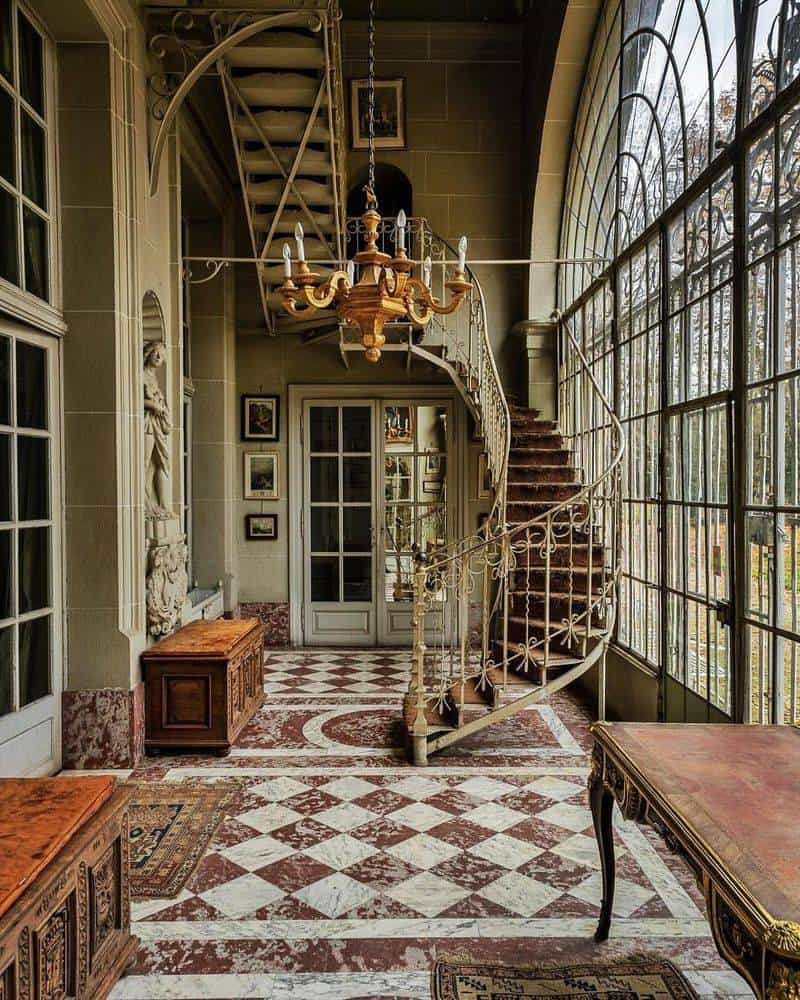
In the Victorian era, a system of hidden servant bells was a common feature in townhouses, allowing the residents to discreetly summon their household staff.
These bells were strategically placed in various rooms and connected to a central panel.
Each bell was labeled with its corresponding room, ensuring quick and efficient communication.
This innovation highlights the societal norms and domestic hierarchies of the time, providing insight into the daily lives of the Victorian elite.
Such systems, though largely obsolete today, remain a fascinating aspect of these historical homes.
3. Innovative Bay Windows
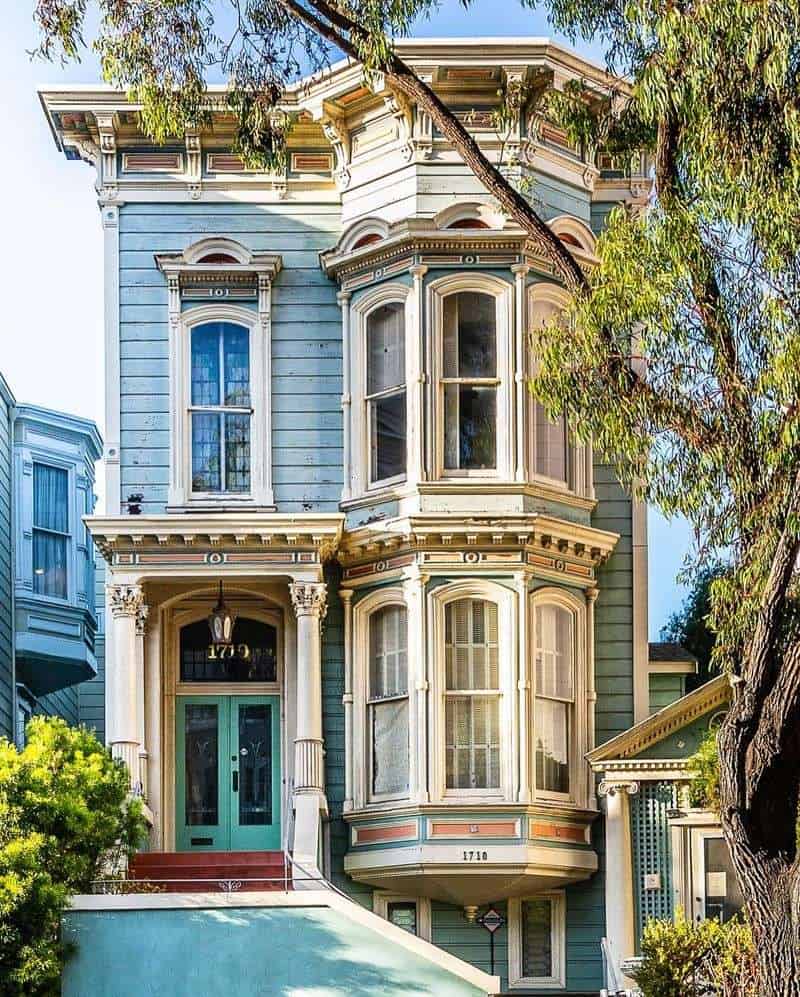
Victorian townhouses often feature innovative bay windows, which were both functional and stylistically significant.
These protruding windows allowed for additional space, creating cozy nooks for relaxation or display.
Bay windows enhanced natural light entry, brightening interiors and offering picturesque views of the surrounding area.
They became a hallmark of Victorian architecture, often adorned with stained glass or intricate framing.
Their presence adds character and depth to the structure, reflecting the Victorian appreciation for both form and function in home design.
4. Colorful Facades
The colorful facades of Victorian townhouses, often painted in pastel hues, contribute to their charm and visual appeal.
This tradition of vibrant exteriors began as a way to showcase individuality and artistic expression.
Each townhouse might boast a distinct color, making the streetscape lively and engaging.
The choice of color not only reflects personal taste but also serves as a statement piece within the neighborhood.
The trend of colorful facades continues to attract admiration, as it transforms these architectural relics into delightful visual spectacles.
5. Intricate Ironwork
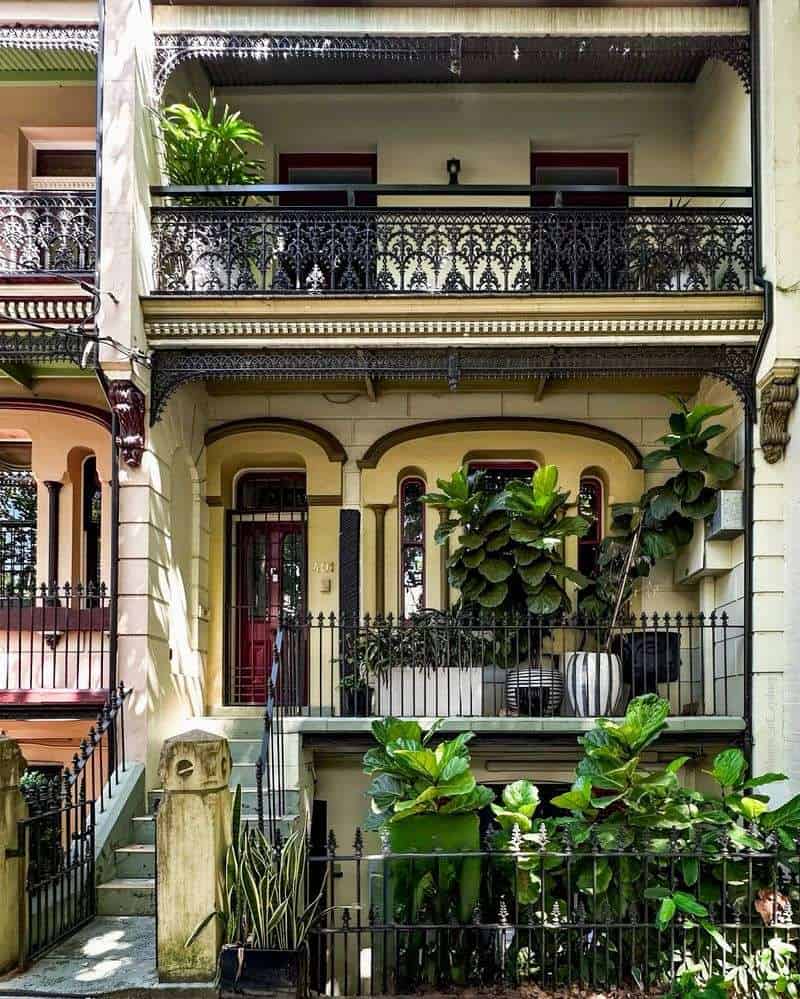
Intricate ironwork is a defining feature of Victorian townhouses, often seen in the form of gates, railings, and balconies.
The detailed craftsmanship is a testament to the skill of blacksmiths of the time, who created visually striking designs that complemented the overall architectural style.
These ironworks often include swirling patterns and floral motifs, contributing to the elegance and sophistication of the townhouse.
Such embellishments not only served decorative purposes but also provided a sense of security and privacy, adding to the allure of these historic homes.
6. Sustainable Design
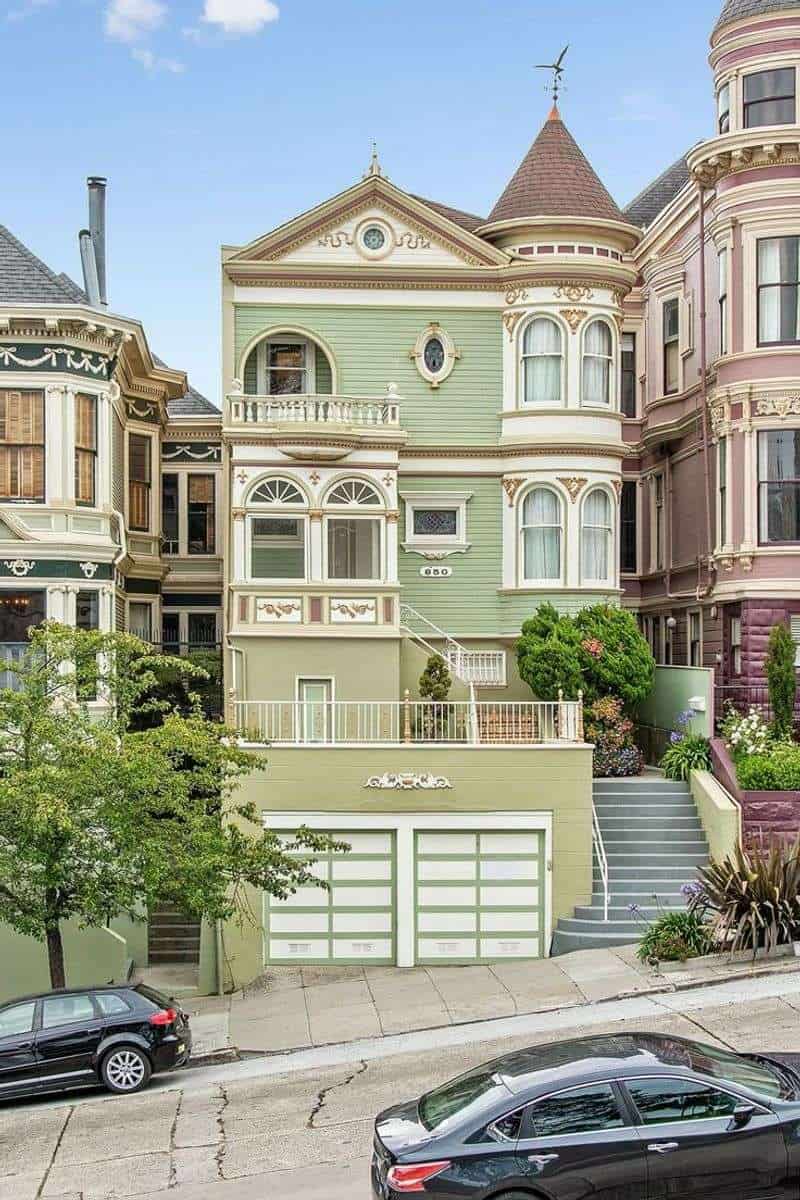
Many Victorian townhouses were built with sustainable design practices, long before they became a modern trend.
Features like thick walls, high ceilings, and wooden shutters were not merely aesthetic choices – they served functional purposes.
These elements helped regulate indoor temperatures, keeping the interiors cool in summer and warm in winter.
The use of local materials reduced transportation needs, showcasing an early understanding of environmental consideration.
This blend of beauty and practicality in Victorian design continues to inspire today’s architects and homeowners.

